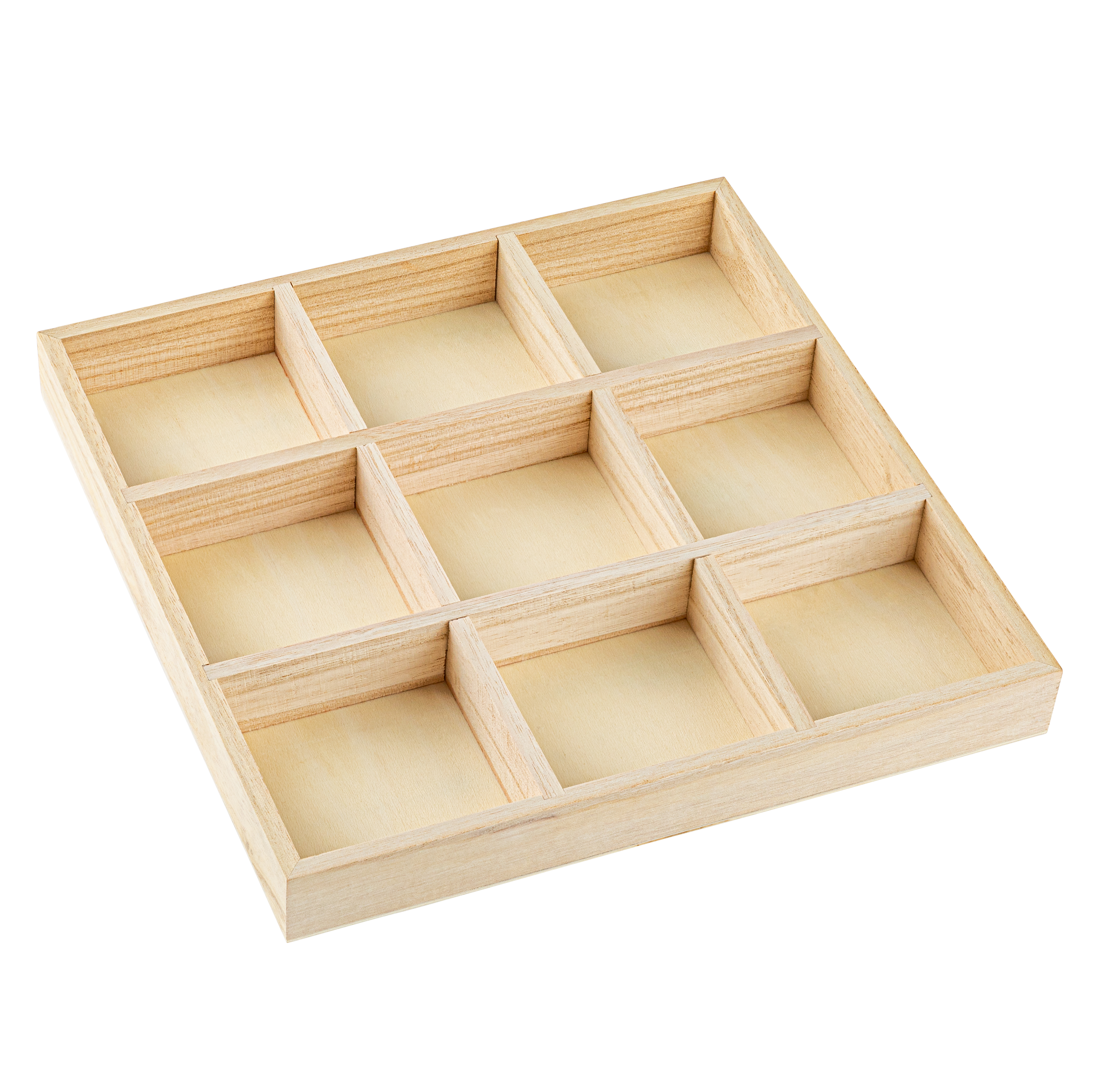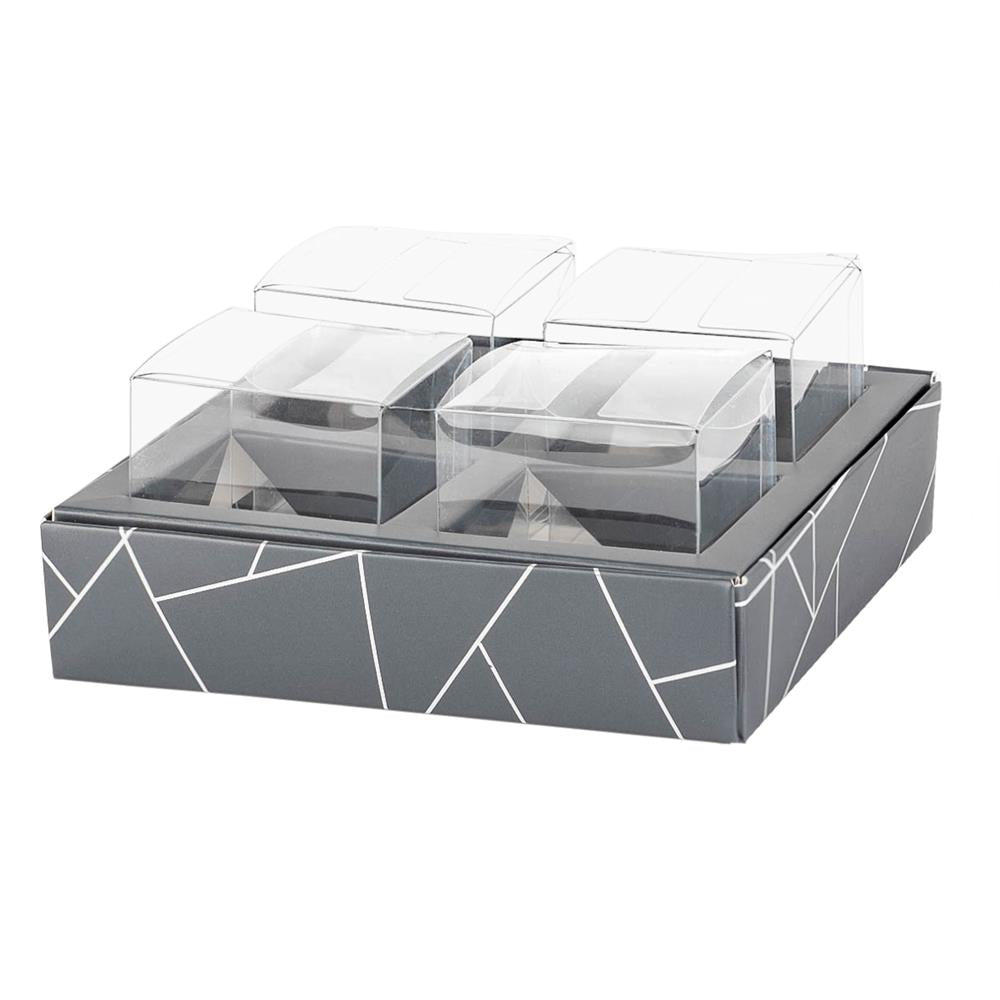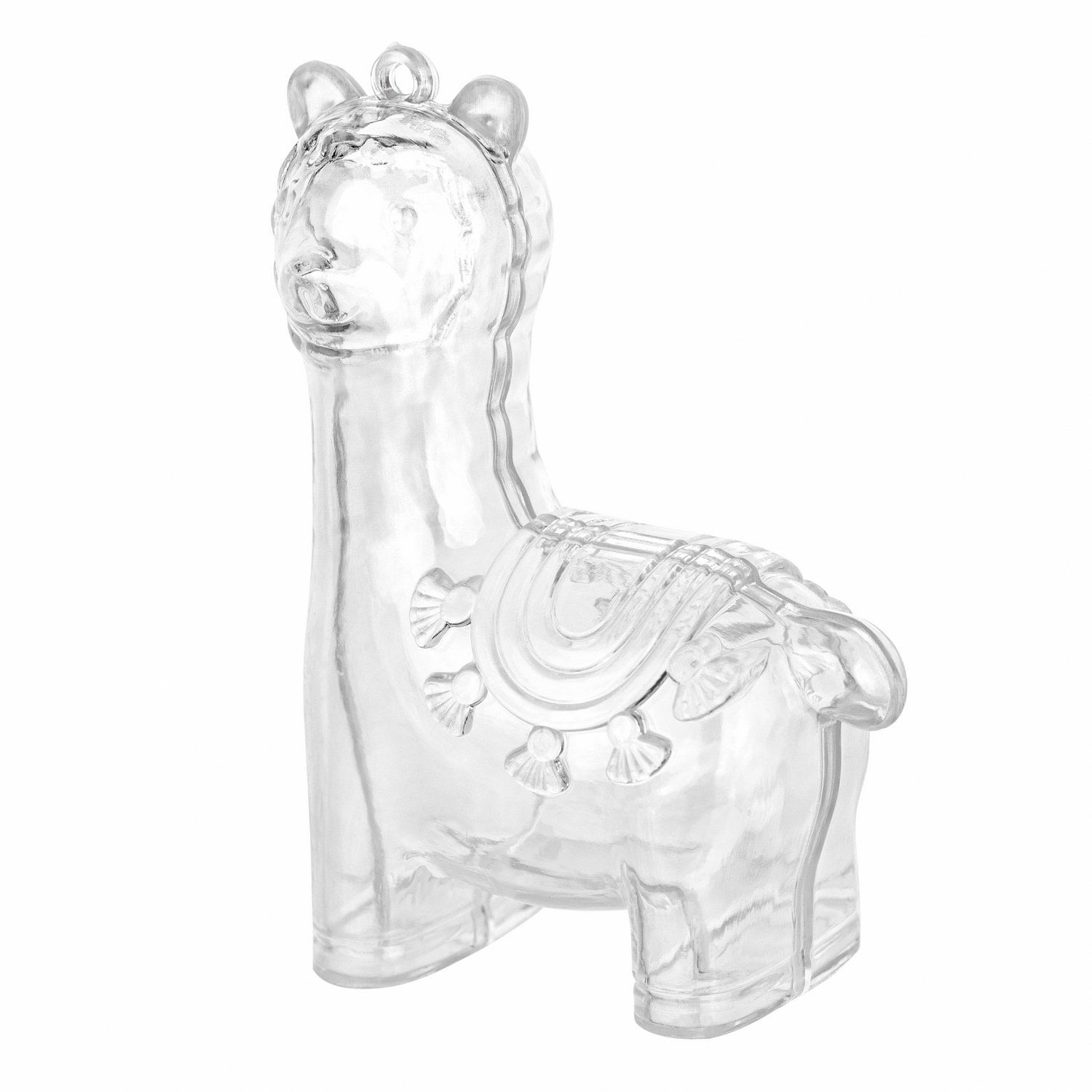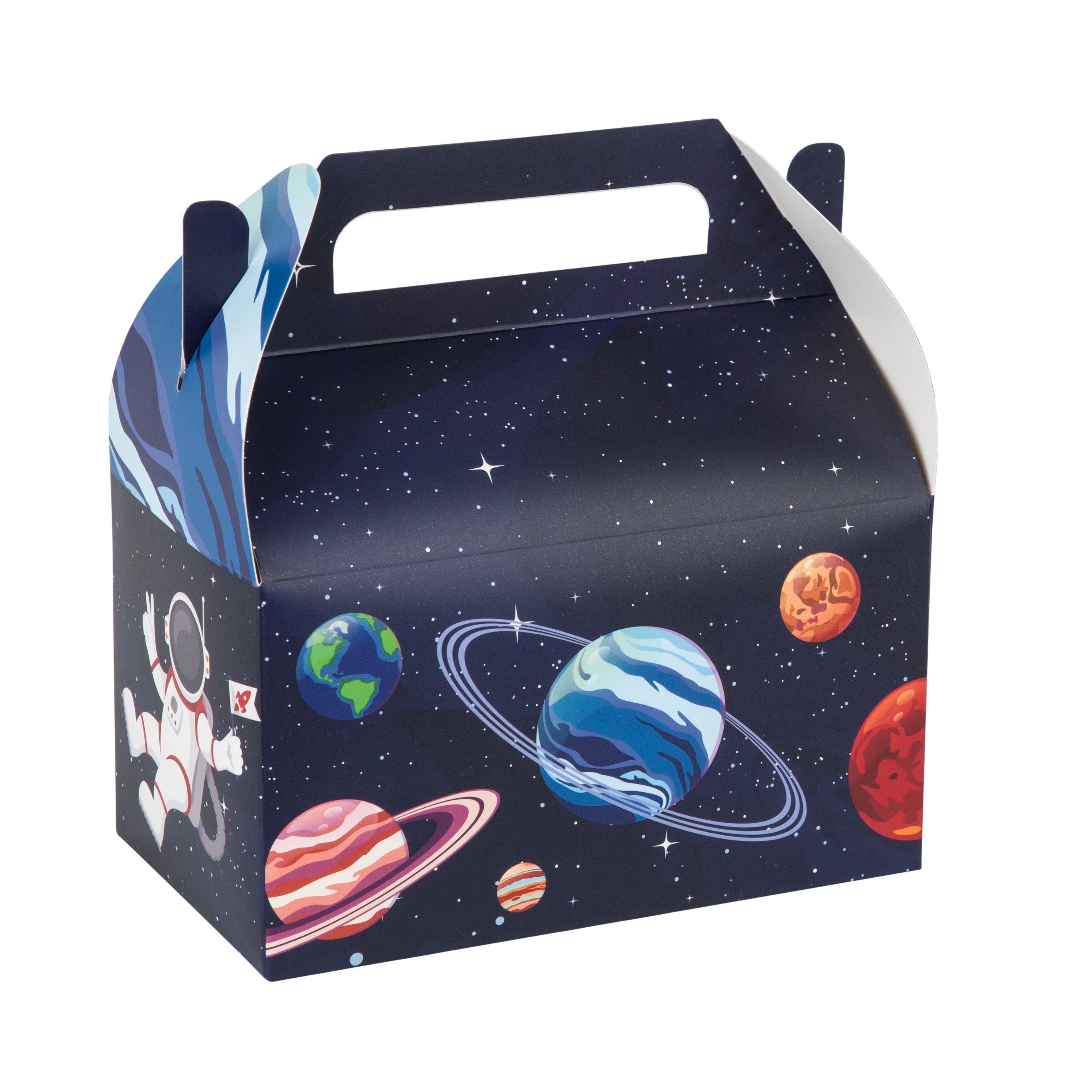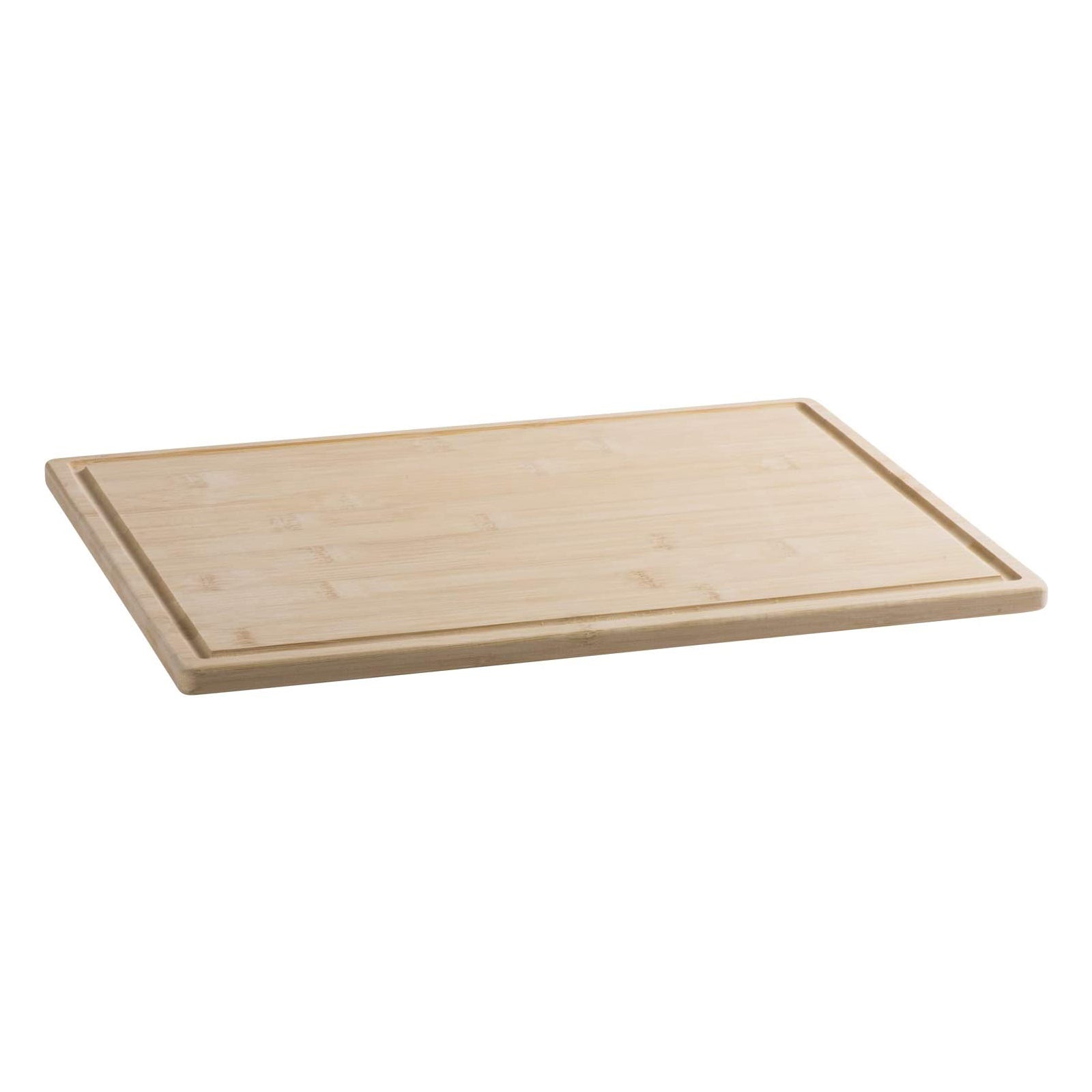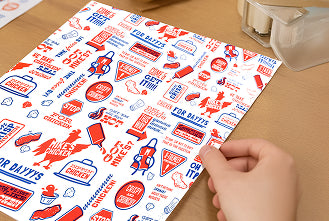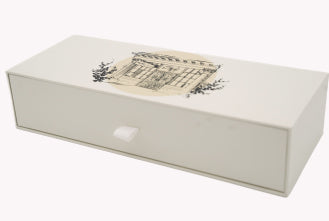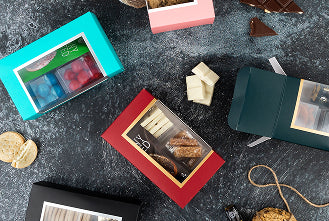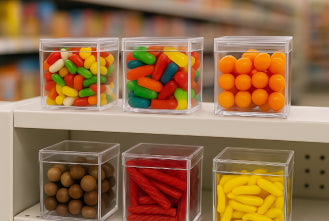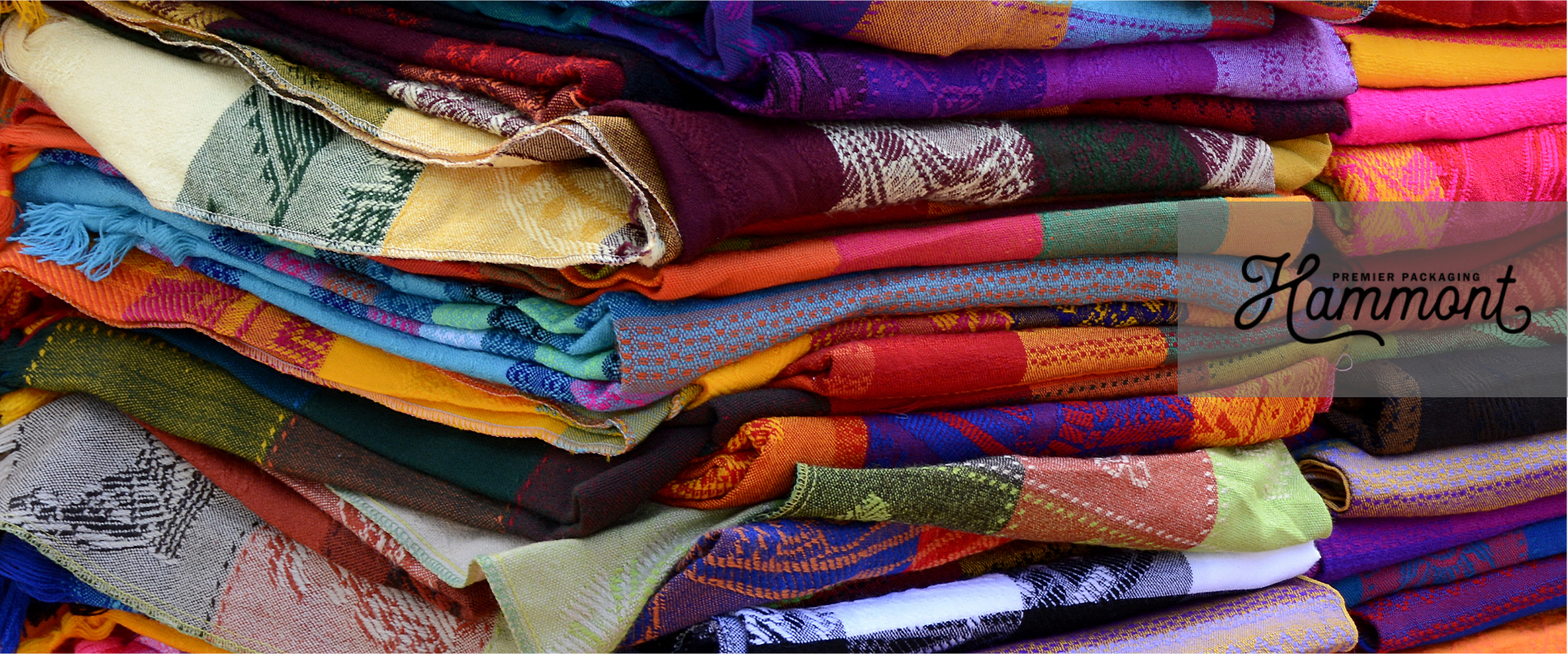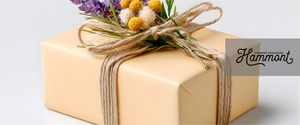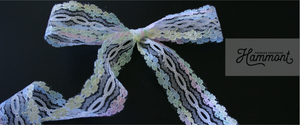Sustainability has become a necessity in many ways. With only one planet to care for, the choices we make in our daily lives matter more than ever. And a really simple yet creative way to reduce waste is by rethinking how we wrap and present gifts.
Fabric wrapping delivers the best of both worlds: it cuts down on waste while adding texture, color, and personality in a way paper alone can’t match. So, let’s explore five inventive ways to give fabric scraps a second life as premium, eco-chic wrapping—proving that caring for the planet and creating something beautiful can go hand in hand.

| Key Takeaways |
|---|
| Fabric scraps offer a beautiful, sustainable alternative to traditional gift wrap—adding texture and personality while reducing waste. |
| Furoshiki wrapping makes any gift feel special and can be reused by the recipient. |
| Small scraps can be turned into bows, ribbons, or stitched into larger wraps or pouches. |
| Combining fabric with natural accents like lavender or rosemary adds a multi-sensory experience to gift packaging. |
| Sustainable packaging doesn’t have to sacrifice beauty—it can feel just as premium and thoughtful as traditional methods. |
1. Wrap Gifts Furoshiki-Style
Furoshiki is the Japanese art of wrapping with cloth. Originating centuries ago, this method was traditionally used to transport goods, but today it’s celebrated worldwide as both a practical and beautiful alternative to paper wrapping.
Using Furoshiki, fabric scraps are folded, knotted, and tied around gifts in a variety of styles. Unlike paper, fabric stretches slightly, allowing it to accommodate irregular shapes with ease.
And Furoshiki wraps can be tailored to company colors, seasonal campaigns, or even custom prints that reinforce identity while reducing waste. A simple finishing touch—like a branded swing tag, eco-friendly label, or note—adds polish and personalization!
Best of all, Furoshiki wrapping is reusable. Recipients can keep the cloth for future gifting, storage, or even decor, making it a packaging choice that continues to tell a story long after the unwrapping experience.
2. Transform Fabric Scraps Into Decorative Accents Like Ribbons and Bows
Not every gift needs to be fully wrapped in fabric to achieve a stylish, sustainable look. Sometimes, it’s the small details that make the biggest impact. Strips of fabric scraps can be repurposed into ribbons, bows, or ties, instantly elevating simple packaging such as kraft boxes, recycled paper, or reusable tins.
This approach adds texture, depth, and personality without relying on synthetic ribbons or plastic ties. For instance, a torn strip of linen creates a rustic, artisanal feel, while a satin or velvet scrap adds a touch of luxury. By mixing and matching colors or textures, you can create packaging that feels bespoke and thoughtfully crafted.
And this method is super versatile—fabric accents can be as subtle or as bold as you like, adding just the right amount of eco-chic charm to any package or gift.
3. Stitch Fabric Scraps Into Patchwork Wraps
When scraps are too small to wrap a gift on their own, they can be stitched together into a patchwork cloth. This method reduces waste and also transforms leftover fabric into a wrapping piece that feels as special as the gift inside.
Patchwork wrapping further carries a strong sense of craftsmanship and creativity. Each stitched panel contributes to a one-of-a-kind design, giving every package a unique character. For premium gifts, this approach can make the unboxing experience feel personal and unforgettable, as the wrap itself becomes a keepsake.
At the same time, this technique does require a bit more time and effort. But, at the end of the day, it communicates care, artistry, and eco-consciousness all in one.
4. Upcycle Fabric Scraps Into Reusable Pouches and Bags
With a bit of creativity, fabric scraps can be transformed into drawstring bags, pouches, or envelope-style wraps that live far beyond the initial unboxing. This approach not only eliminates waste but also provides recipients with something practical and reusable—doubling the value of the packaging itself.
Reusable fabric bags are incredibly versatile. Recipients can use them for travel, storage, or even to wrap future gifts, extending their lifespan and impact. For brands, these bags serve as ongoing reminders of your commitment to sustainability. Adding a subtle embroidered logo, branded tag, or eco-friendly label ensures your company remains part of the customer’s everyday life.
The choice of fabric also sets the tone: silk or velvet conveys luxury; organic cotton or linen communicates natural simplicity.
5. Pair Fabric Scraps with Natural Greenery for Multi-Sensory Packaging
For a finishing touch that feels both organic and sophisticated, fabric scraps can be paired with elements from nature to create multi-sensory packaging. A strip of fabric tied around a package becomes even more striking when combined with sprigs of rosemary, eucalyptus, lavender, or even cinnamon sticks. These natural accents engage more than just the eyes—they add fragrance and texture, turning the unboxing into an immersive experience.
This approach works especially well for seasonal occasions and themed campaigns. Imagine a winter gift wrapped in neutral linen and tied with a sprig of pine, or a summer wellness product paired with dried lavender for a calming effect. The combination of fabric and greenery makes packaging feel intentional, curated, and memorable.
When it comes down to it, this is a simple, cost-effective, and highly impactful way to use those fabric scraps! And pairing them with greenery makes for a complete sensory experience.
| Method | Description |
|---|---|
| 1. Furoshiki Fabric Wrapping | Use cloth folding techniques to elegantly wrap gifts in fabric. This Japanese method is reusable, flexible, and stylish. |
| 2. Fabric Ribbons and Ties | Turn fabric scraps into ribbons or bows to decorate kraft paper or reusable tins with charm and texture. |
| 3. Patchwork Fabric Wraps | Sew smaller scraps together into a larger wrap. This method emphasizes craftsmanship and creates keepsake-style packaging. |
| 4. Reusable Fabric Bags | Create small drawstring or envelope-style pouches. Perfect for long-term reuse and practical value. |
| 5. Pair with Natural Elements | Enhance fabric wraps with herbs, greenery, or spices like lavender or cinnamon for a fragrant, sensory experience. |
Fabric Scraps Prove That Sustainable Packaging Can Still Feel Luxurious
Fabric scraps are more than just leftovers—they’re an opportunity to create packaging that is stylish, sustainable, and memorable. From the timeless folds of Furoshiki to the artisanal charm of patchwork, these five methods show that wrapping can be both eco-conscious and visually striking. By rethinking what’s possible with fabric scraps, we move closer to packaging solutions that are as kind to the planet as they are delightful to open.
| Question | Answer |
|---|---|
| Can any fabric be used for wrapping? | Yes, but soft, flexible fabrics like cotton, linen, or silk work best. Avoid thick or stiff materials that are hard to knot or fold. |
| Is fabric wrapping reusable? | Absolutely. Fabric wraps, ribbons, and pouches can all be reused multiple times, making them eco-friendly and cost-effective. |
| Do I need to sew fabric scraps together? | Not always. Scraps can be used individually as ties or wraps, but patchwork wrapping or bags may require basic sewing skills. |
| How do I make fabric packaging feel premium? | Use high-quality or textured fabric, add accents like greenery or wax seals, and maintain a cohesive color palette. |
| Can fabric wrapping work for brands? | Yes! It offers a sustainable branding opportunity—custom tags, embroidery, or labels help reinforce your eco-conscious identity. |

